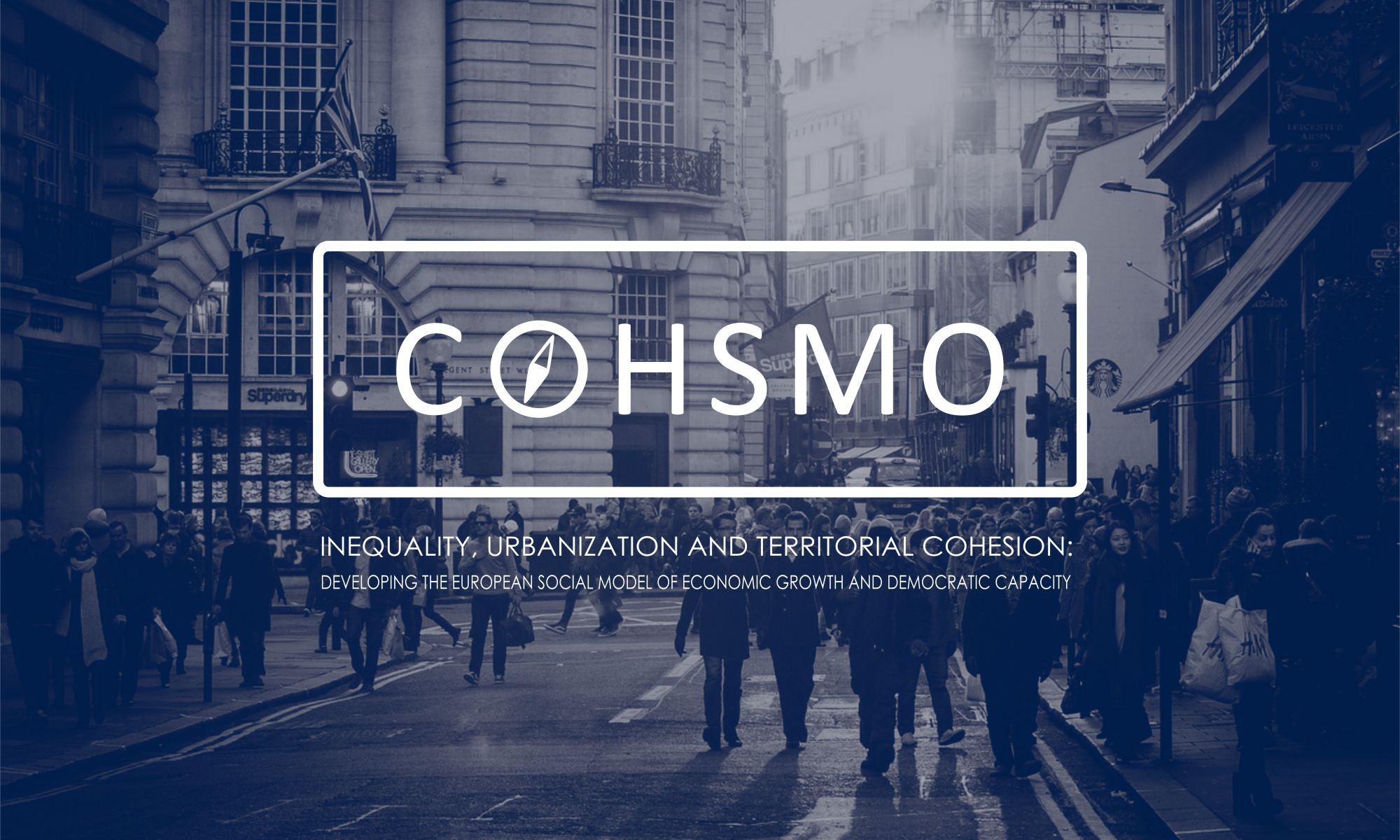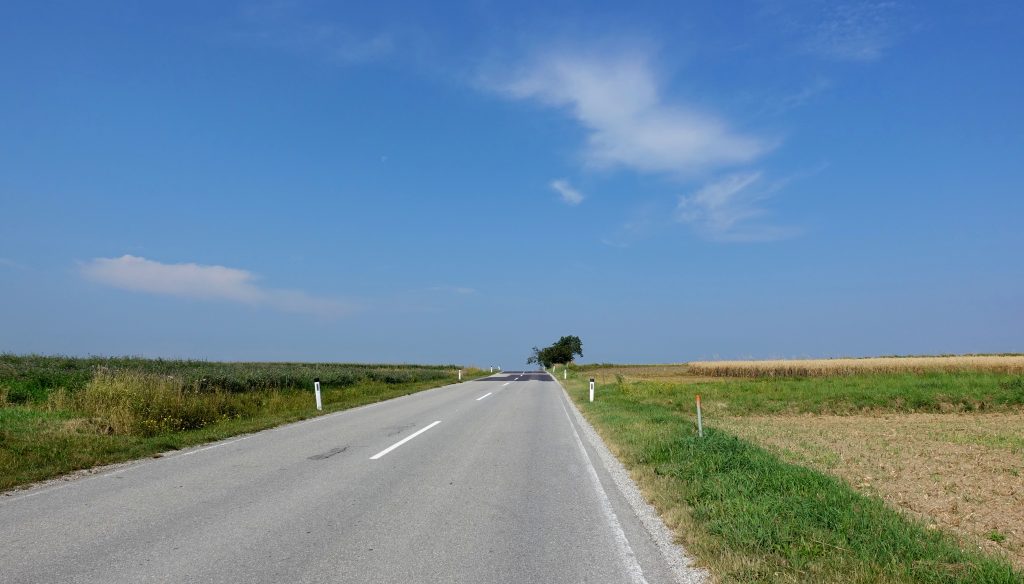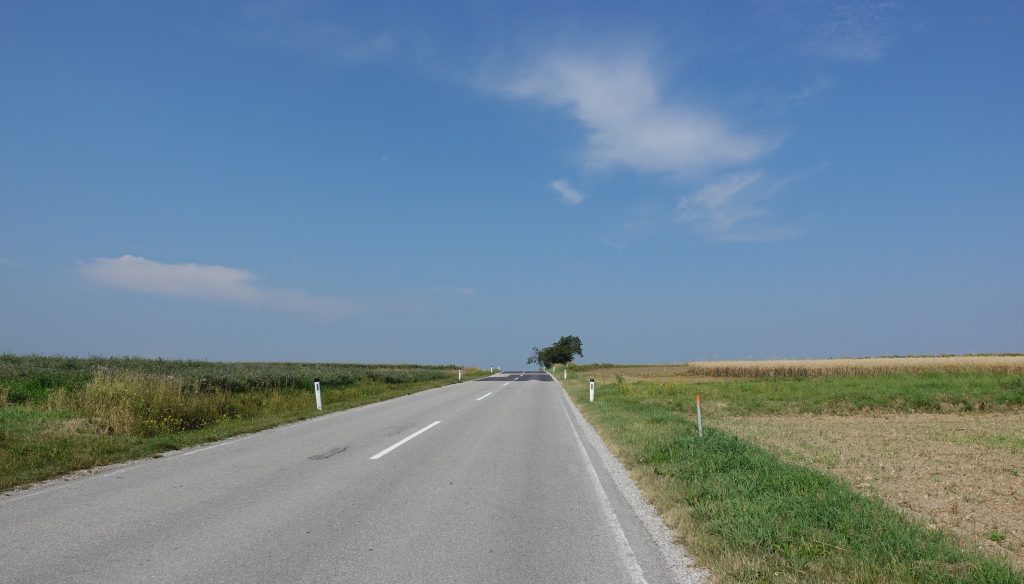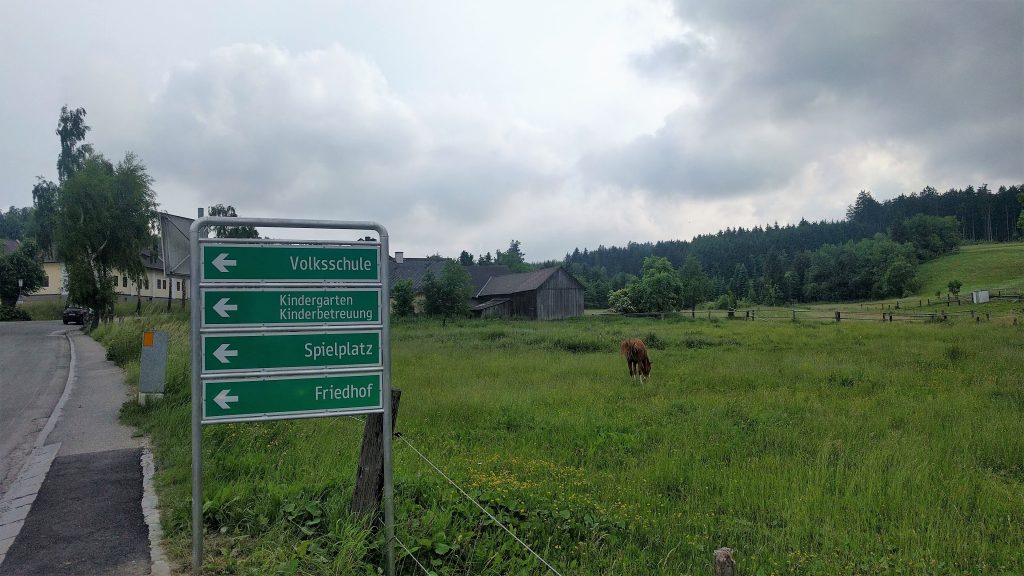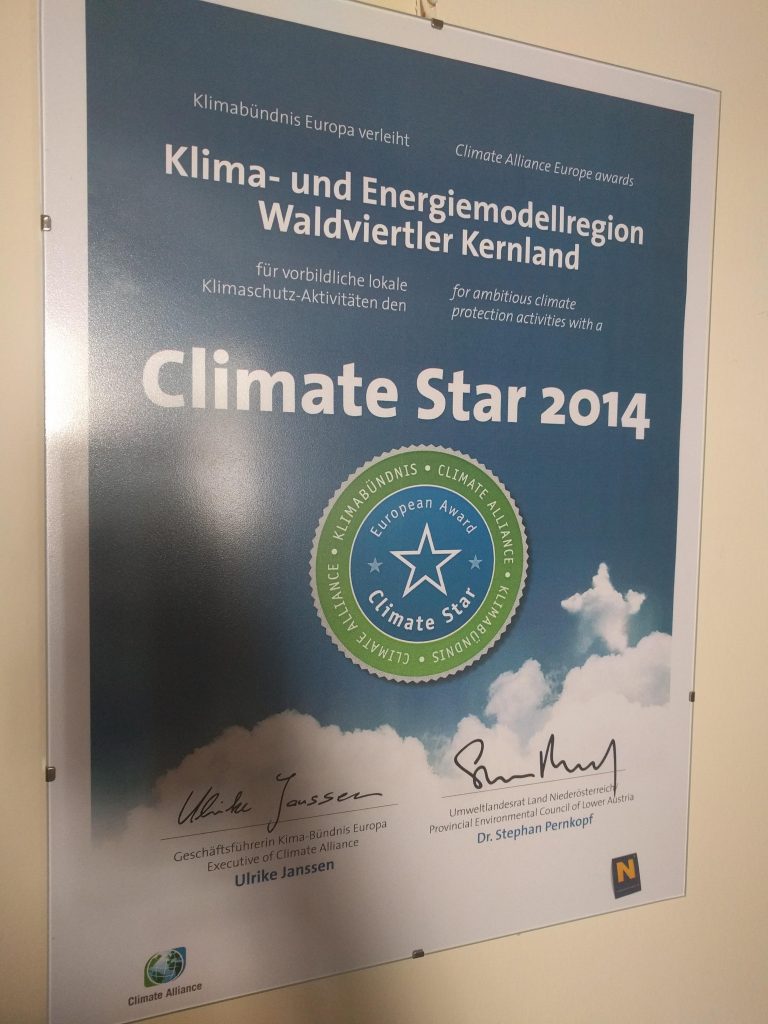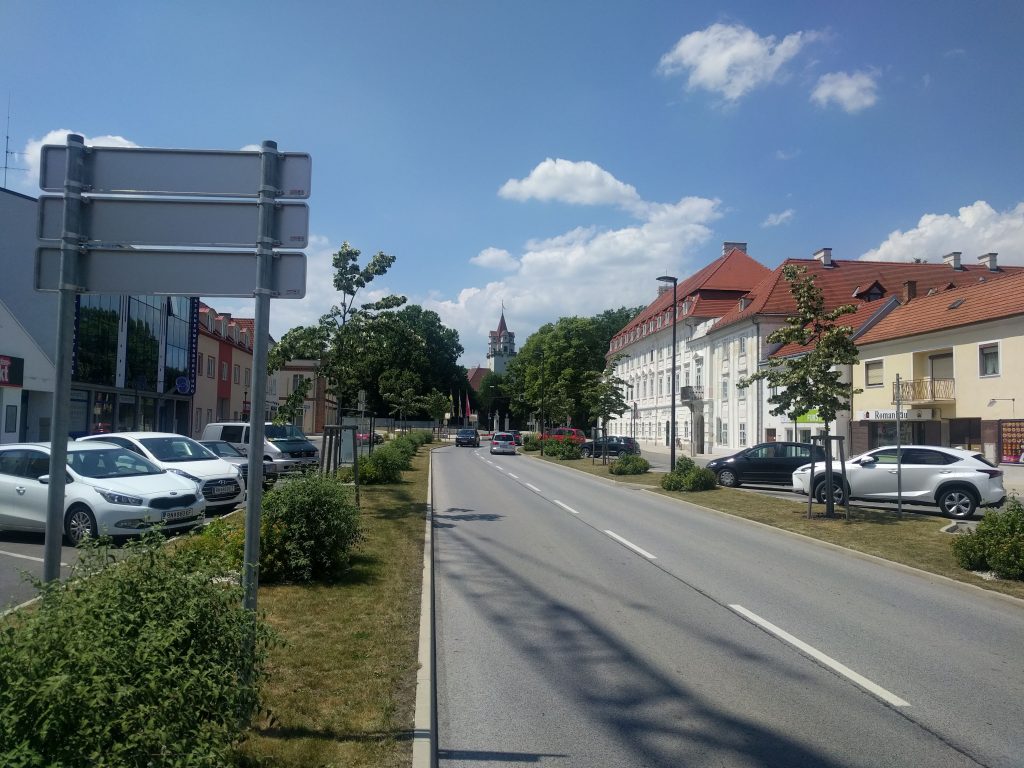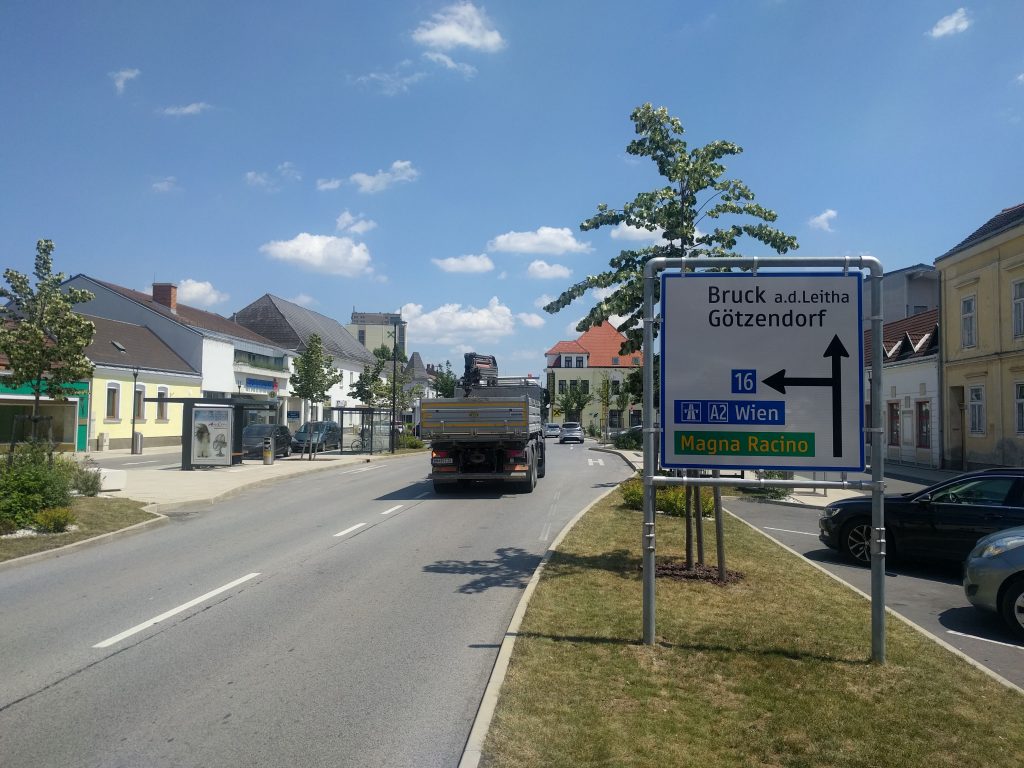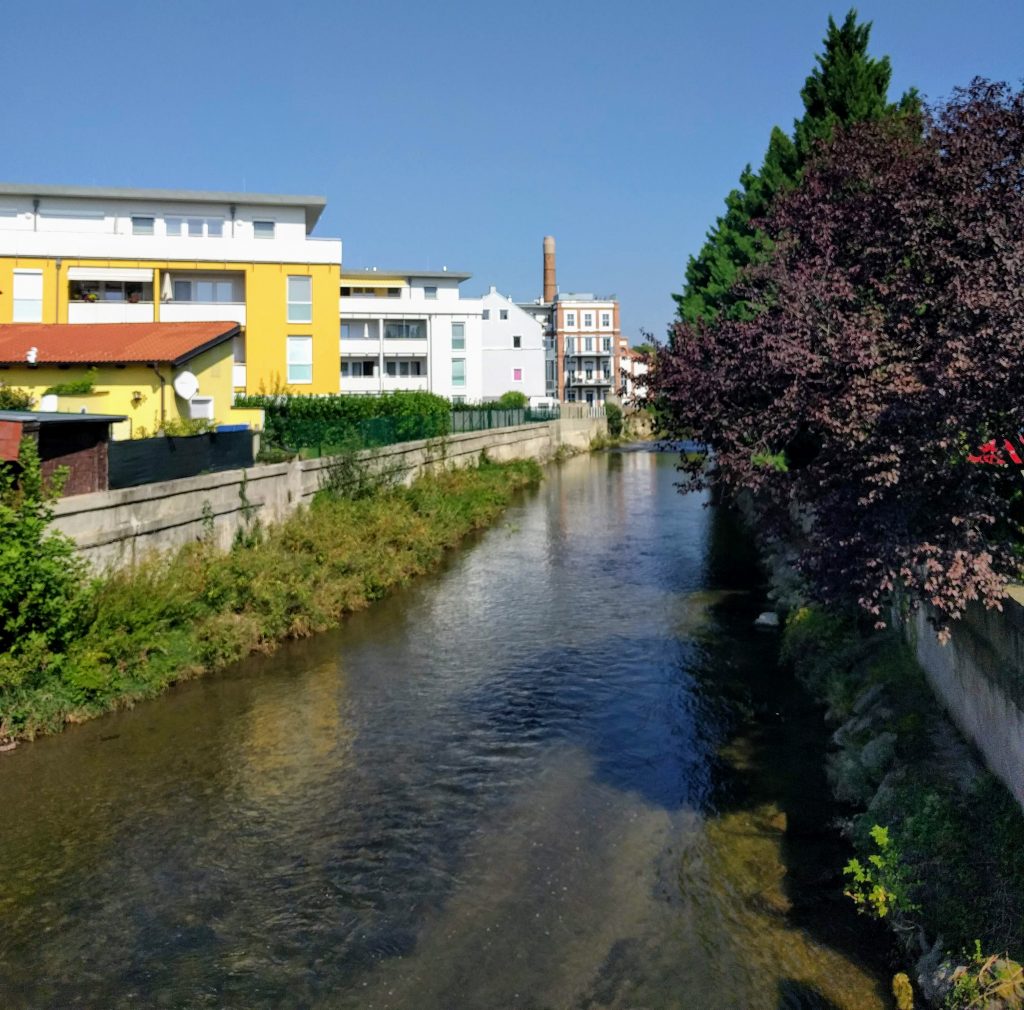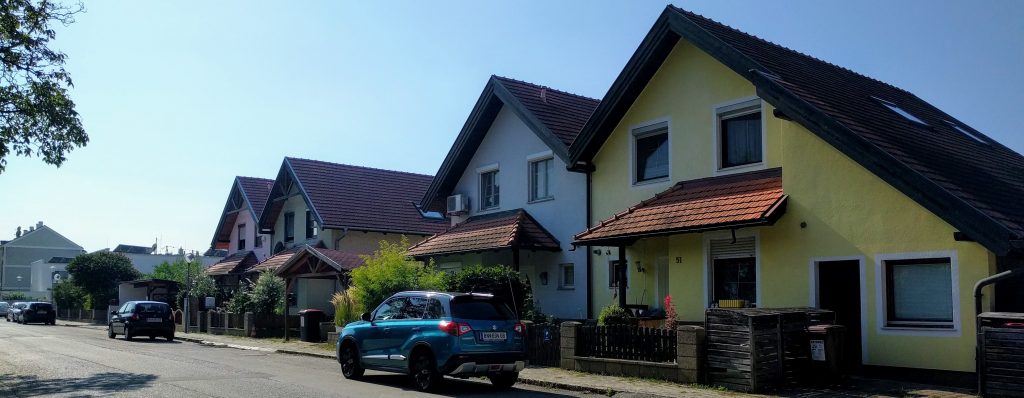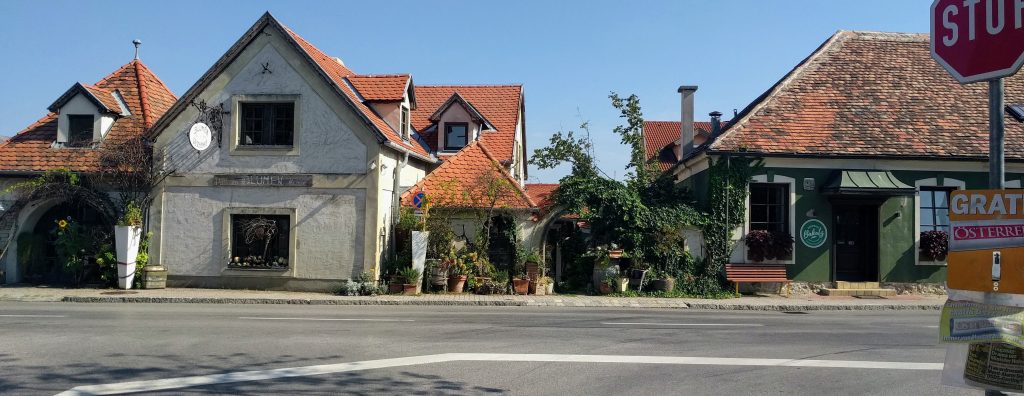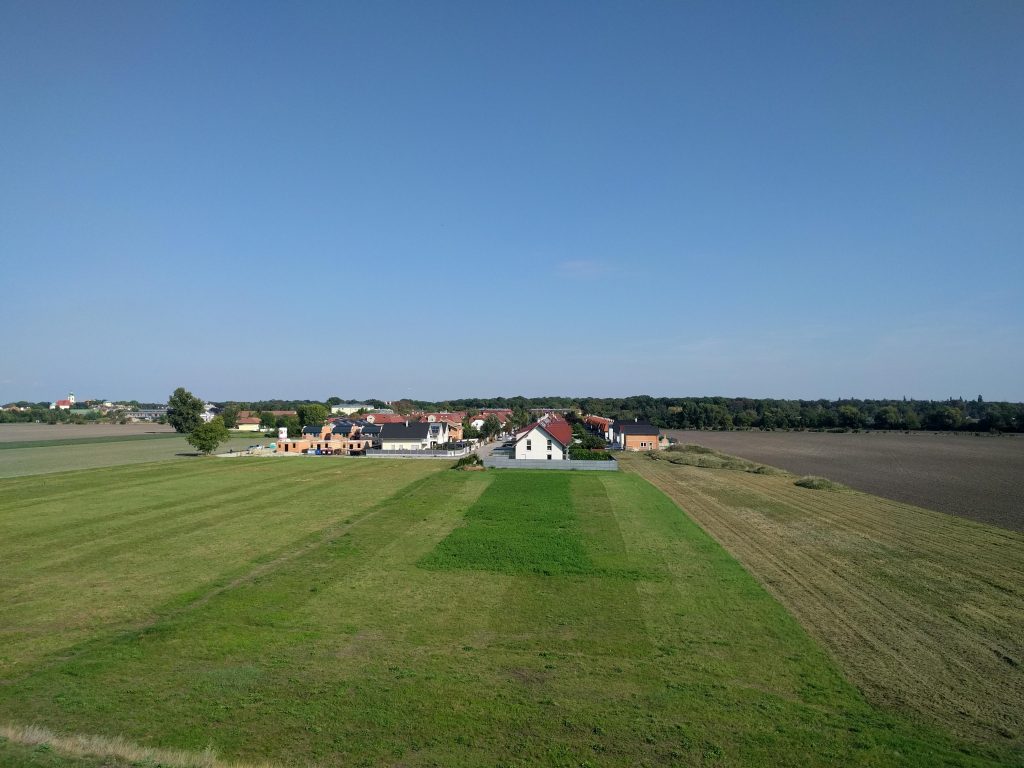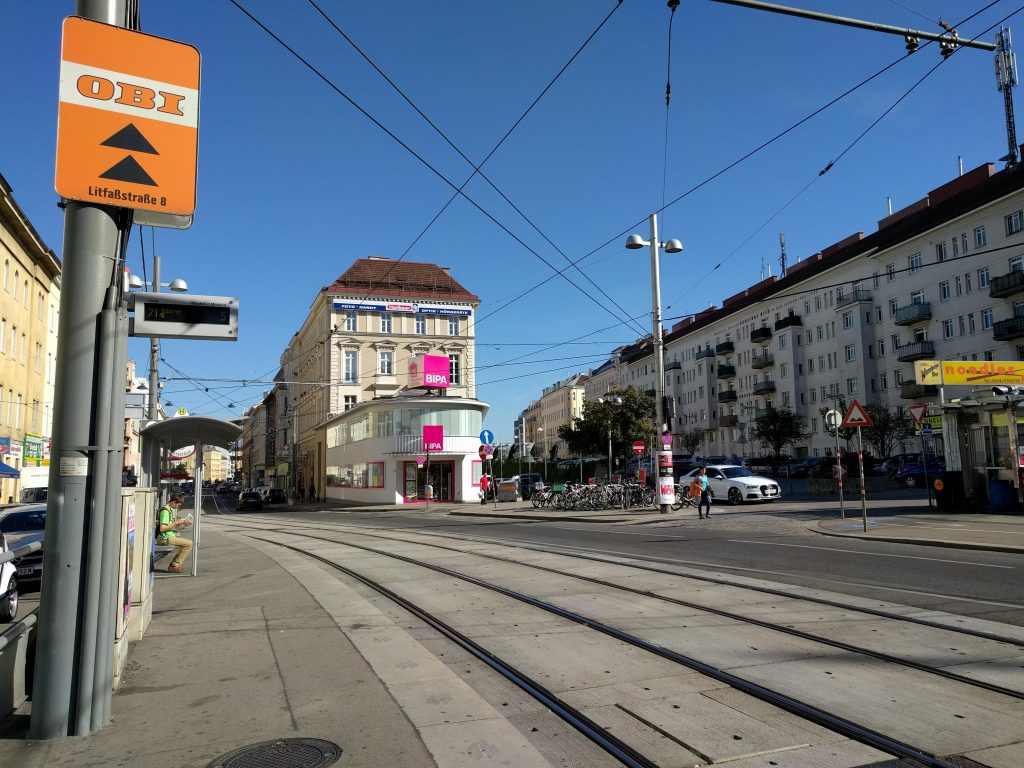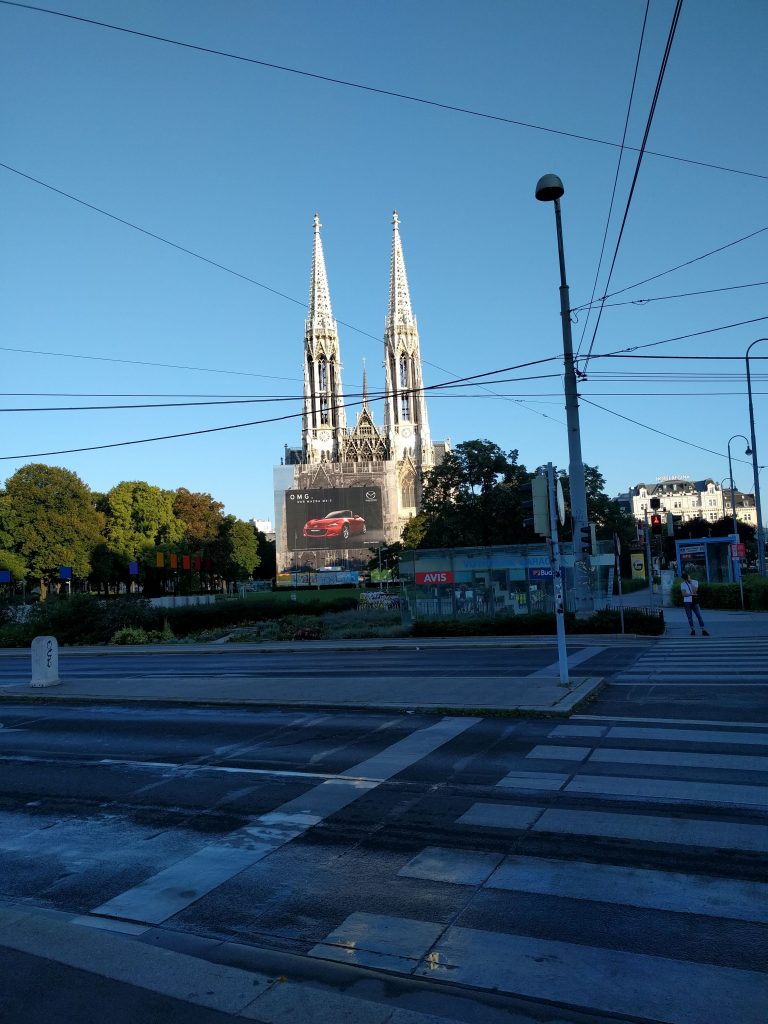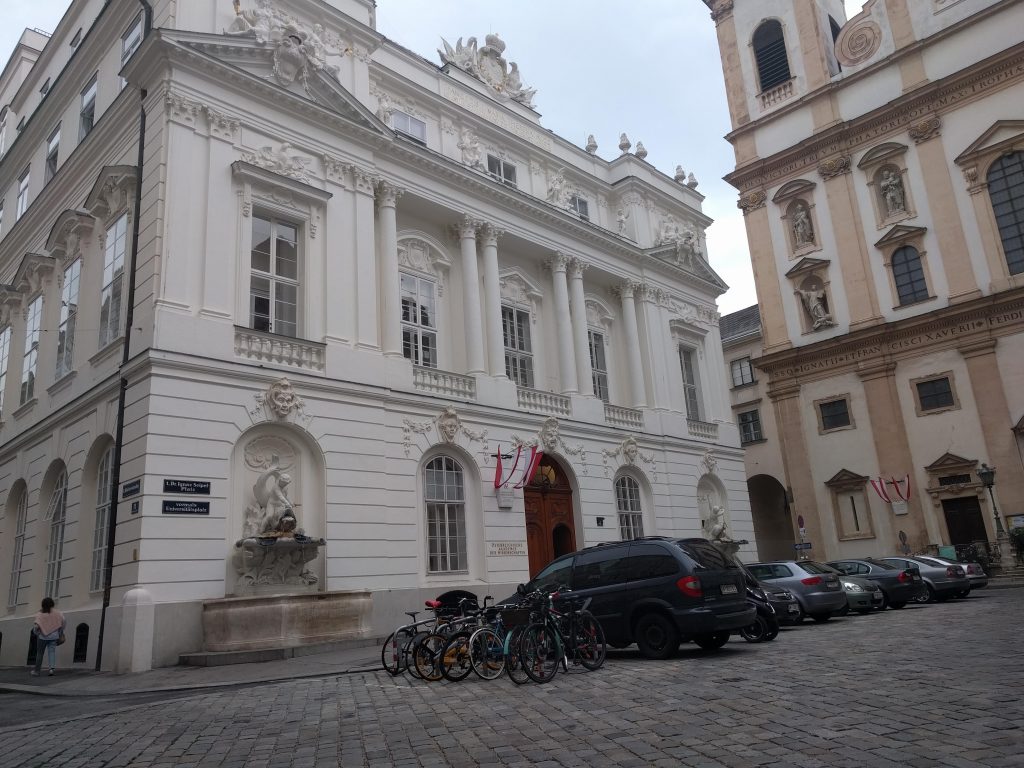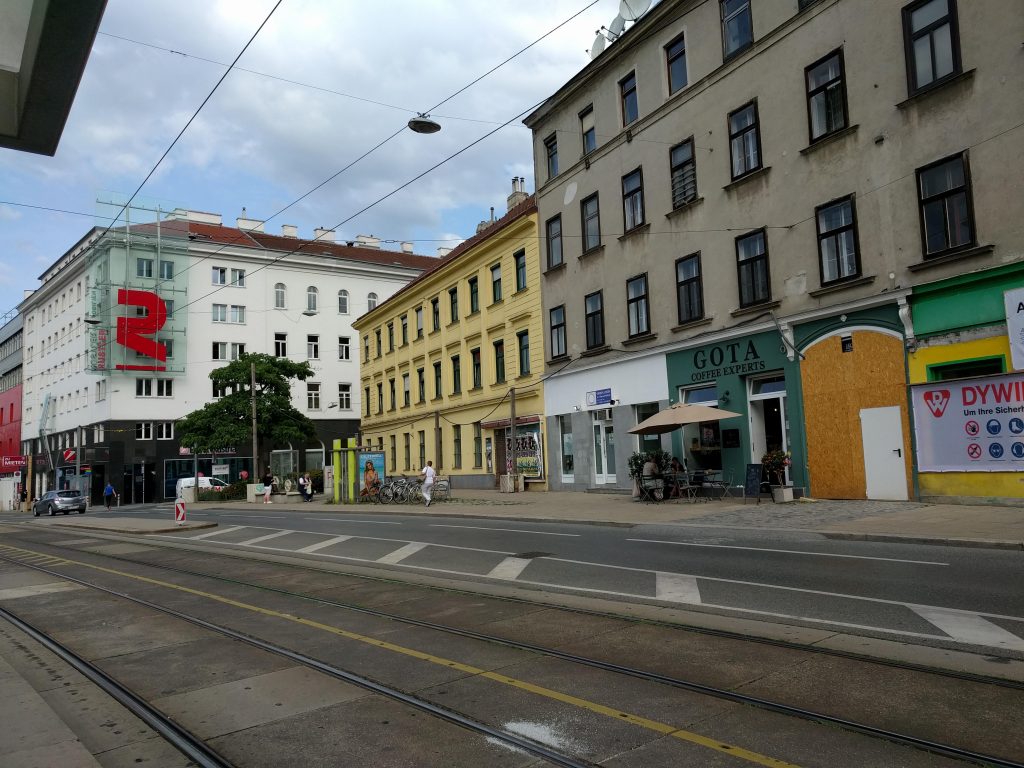The Austrian team has completed case studies in three locations; one rural, one suburban and one urban – Kleinregion Waldviertler Kernland, Kleinregion Ebrichsdorf and Vienna. The case studies were done by means of qualitative in-depth interviews with public authority, business and community actors.
Kleinregion Waldviertler Krenland (Rural Case)
The Kleinregion Waldviertler Kernland is located within the NUTS-3 region ‘Waldviertel’ in the north-western parts of the NUTS-2 region Lower Austria. Waldviertler Kernland lies outside of the catchment FUA of Vienna and consists of 14 municipalities, with between 350 and 1,463 residents in 2017. The Kleinregion is considered as peripheral as it is not well connected to motorways and the connection to public transport is even worse.
The voluntary Kleinregion is an inter-municipal collaboration of municipalities working together to improve local living conditions and economic development. In total, the Kleinregion Waldviertler Kernland has 14.022 inhabitants and the most important demographic trends are population decrease and aging. The municipalities cooperate since 2001 and have already implemented several regional development projects in the past. On the one hand, their focus lies on health and social services, like childcare during summer breaks. On the other hand, they collaborate on a common regional identity and touristic marketing, for instance, to brand regional companies within one frame, including a regional voucher system.
Since de-industrialisation, the locality lost vital industries and businesses. On the search for new locally based identities and territorial capital, regional planning instruments started there in the 1980ies. Today, forestry, farming and tourism are key for the local economy. With the primary sector accounting for 26.2 % of businesses. The structure of the local economy shows a contrast to national trends of tertiarization and separates the rural case specifically from the suburban and urban case studies. Furthermore, most local companies (95.8%) employ less than 10 people.
Kleinregion Ebrichsdrof (Suburban Case)
The Kleinregion Ebreichsdorf is an inter-municipal collaboration of ten municipalities, with between 1,436 and 10,762 residents in 2017. It is part of the NUTS-2 region Lower Austria located within the ‘Functional Urban Area’ of Vienna approximately 40 kilometres south to the city of Vienna at the border to the NUTS-2 region Burgenland. The location is well connected to the public transport network and roads, but connection opportunities differ between the municipalities.
In total, the Kleinregion Ebreichsdorf has 36,601 inhabitants and the most important demographic trend is population growth. Between 2007 and 2017, the population of the case study area grew by 16.5% – which is slightly more than the capital city Vienna. Mostly, this trend is based on domestic migration rather than natural population growth. High in-migration, population growth and high shares of commuting towards Vienna significantly shaped the Kleinregion Ebreichsdorf in the last ten years. Connectivity and population growth have been the key issues for the Kleinregion both regarding regional development and community life. In general, the share of the working-age population stagnated in the last decade while the share of elderly residents increased.
In terms of socio-economic structure, the tertiary sector employs a majority of the local labour force (74 %) and is slightly higher than in the NUTS-2 region Lower Austria (70 %). Although, the case study area in general differs not so much from the regional average, local variations are quite manifest. The north-eastern municipalities (Mitterndorf, Reisenberg, Seibersdorf) and Tattendorf in the west show above average and for some areas growing employment in agriculture and forestry, but still it does not account to more than one tenth of the local employment. Employment in the secondary sector is declining in nearly all municipalities, except for Blumau and Ebreichsdorf, but with a range from 12.7 to 33% it is more relevant for local employment than in the urban case. The variation in tertiary employment is quite high and ranges from 55 to 84 %.
Vienna (Urban Case)
Located in the North-Eastern part of the country, Vienna is the capital as well as the economic and employment centre of Austria. It is characterized by good accessibility with international, individual and public transport. The city has over 1.8 million inhabitants, which is around one-fifth (21%) of Austria’s population. The most important demographic trend that characterises Vienna is population growth. The importance as an economic and employment centre is reflected in the commuting figures of Vienna.
Compared to other cities in Austria and especially to Lower Austria, Vienna presents itself as a centre for international business in the third sector and international migration. After years of depopulation in Vienna, Austria’s accession to the EU in 1992 and the further enlargement of the Union reversed this trend. Within the city, in-migration shows two distinct patterns. First, immigrants from the EU-14 predominantly settle in the affluent housing areas in the inner districts, as well as in the cottage areas of the north-west part of the city. Immigrants from new Eastern member states, Post-Soviet countries and Turkey, on the other hand, settle in the outer western and southern districts. The settlement pattern of the latter groups is also related to lower rents in low-standard housing.
Including commuters, nearly one million people are employed in the city of Vienna. Not surprisingly, agriculture does not matter, although Vienna hosts some wine and vegetable farming within its boundaries. Employment in the production sectors plays a limited and declining role, although predominantly the city’s outer districts still show substantial employment in the secondary sector. The western districts also show higher amounts in the secondary sector, than the rather ‘bourgeois’ inner districts. Vienna is no exception in the dominance of employment in the tertiary sector that are rather typical for metropolitan areas. However, the economic restructuring is not yet finished and the service sector is still slightly expanding.
